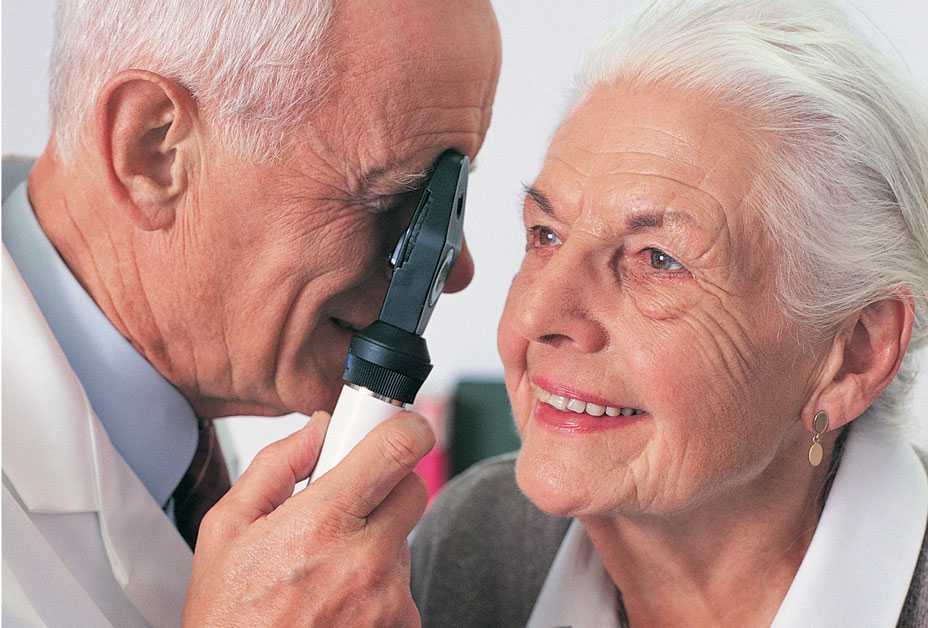Diabetes
[dahy-uh-bee-teez]

Diabetes is a condition in which the body cannot change sugars and starches into energy. As a result, extra sugar in the blood can lead to serious health complications, including heart disease, blindness, kidney failure, gestational diabetes and lower-extremity amputations. People with prediabetes have blood sugar levels that are higher than normal, but not high enough to be considered diabetes. Type 1 diabetes involves autoimmune, genetic, and environmental factors and account for approximately 5% of the population with diabetes. Type 2 diabetes is often caused by inactivity, poor diet or a family history of diabetes. Symptoms include frequent urination, excessive thirst, weight loss, vision changes and numbness in hands or feet.
Quiz
Key Facts
- 26 million Americans are living with diabetes and 79 million more have prediabetes.
- Almost everyone who develops type 2 diabetes has blood sugar higher than normal, but not high enough to be considered diabetes initially.
- Diabetes is the leading cause of new cases of blindness among adults aged 20-74 years.
- More than 60% of leg and foot amputations not related to accidents and injuries were performed on people with diabetes.
- The risk for stroke is 2-4 times higher among people with diabetes.
Media
Prevention Tips
Prediabetes is a wake-up call that type 2 diabetes could be in your future, but you can still prevent it by changing some habits:
-
Lose 5-7 percent of your body weight if you are overweight; that's just 10-14 pounds for a 200-pound person.
-
Be active! Get at least 150 minutes a week of moderate-intensity physical activity, such as brisk walking, dancing or gardening.
-
Eat a variety of foods that are low in fat and reduce the number of calories you eat per day.
-
Talk to your health care provider about how to manage your blood glucose (sugar), blood pressure and cholesterol.
- Page last reviewed: March 3, 2016
- Page last updated: March 3, 2016
- Content source:
- Centers for Disease Control and Prevention
- Page maintained by: Office of Associate Director of Communication, Division of Public Affairs


 ShareCompartir
ShareCompartir




